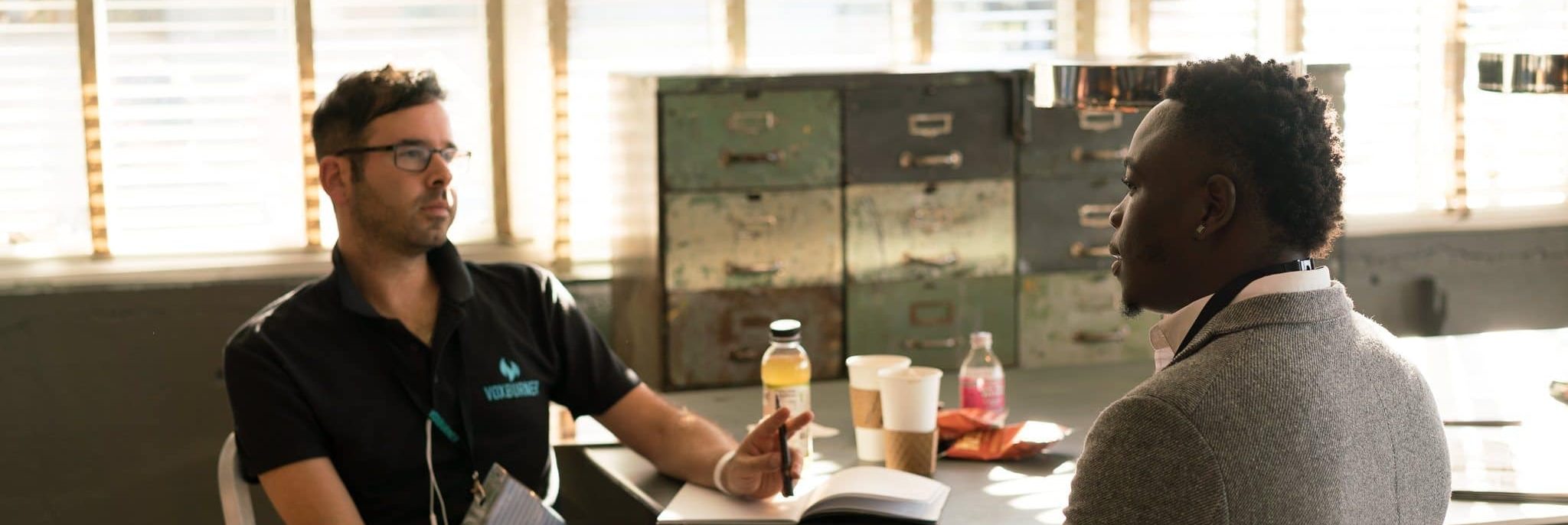Time is a precious commodity for us all.
There’s an old saying “time is money” and to a certain extent, that’s true. However, for me, I believe the saying “time is value” is more important. Nobody wants to invest their time in something that in some way, shape, or form isn’t going to create some form of value.
This is never truer than in the case of your one-to-one meetings with your team. At the end of each meeting, the goal must be simple – it must create value for you, your colleague, and therefore, your business as a whole.
Great one-to-one meetings/calls can be incredibly engaging for both parties – on the flipside the opposite can be true. The way you manage your one-to-one meetings can have a significantly negative or positive impact on your working relationships. Great working relationships create engagement. Fractured/strained communication isn’t fun for either party.
Tips to set your one-to-one meetings up for success
Many years ago, I introduced a simple set of 10 tips for my Engagement Multiplier team to get the most of our time together. I share it with every one of my direct reports – and let me tell you, it works.
- Alignment. Always send an Impact Filter for the call/meeting ahead of time to ensure that we’re aligned on what a successful outcome looks like as a result of our time together. Support this with a simple agenda.
- Compartmentalise. To help the flow of the meeting, if you need my creative input, structure your agenda so time for creative thought is compartmentalized. It may be helpful to record this part of the meeting as sometimes the ideas flow quicker than you can write them down! In fact, recording calls and meetings, in general, is a great idea.
- Preparation. Bring relevant documentation/facts with you. Remember, my Kolbe score. I don’t need lots of detail but I do need enough to make the decisions/provide the input you require from me.
- Pace. Be clear, upbeat, fast-paced, and direct in your communication. Let’s keep the energy levels high.
- Momentum. Start the meeting with a positive focus (one thing that’s making you feel really positive right now) followed by a quick-fire, bullet point update on progress since our last meeting – this puts me in a position where I can answer your questions with context and ensures that communication is connected from the start.
- Time. Only ask for my input if you’re sure no one else can assist. Approach the meeting/call and issues for discussion with the mindset ‘I’m bringing you the solution, not the problem’.
- Lessons. If something’s gone wrong, be upfront about it and clear on the lessons learned to avoid the situation occurring again by completing an Experience Transformer ahead of our meeting/call. Use this tool to turn a negative into a positive!
- Coachability. If you disagree with one of my suggestions, clearly and constructively explain why and then a consensus can be reached. Remember, I’m coachable!
- Delegation. If I ask you to take on a task, ensure you’re clear on what you need to do and how I want you to report progress back to me. This will ensure that we’re aligned with expectations around ongoing communication.
- Follow-up. After the meeting, email my PA with the meeting minutes detailing actions agreed and ensure that any deadlines stated are reasonable and achievable for all parties. If you need another meeting/call, book it.
I’ve mentioned a couple of Strategic Coach tools above that I (and the rest of my team at Engagement Multiplier) use day in and day out as part of our own Engaged Organisation. They are designed with a focus on creating a culture of aligned communication, learning, and progress.
To understand how we use these tips for one-on-one meetings in more detail, get in touch with one of our employee engagement representatives and we will be happy to assist you with improving your time and meetings.



